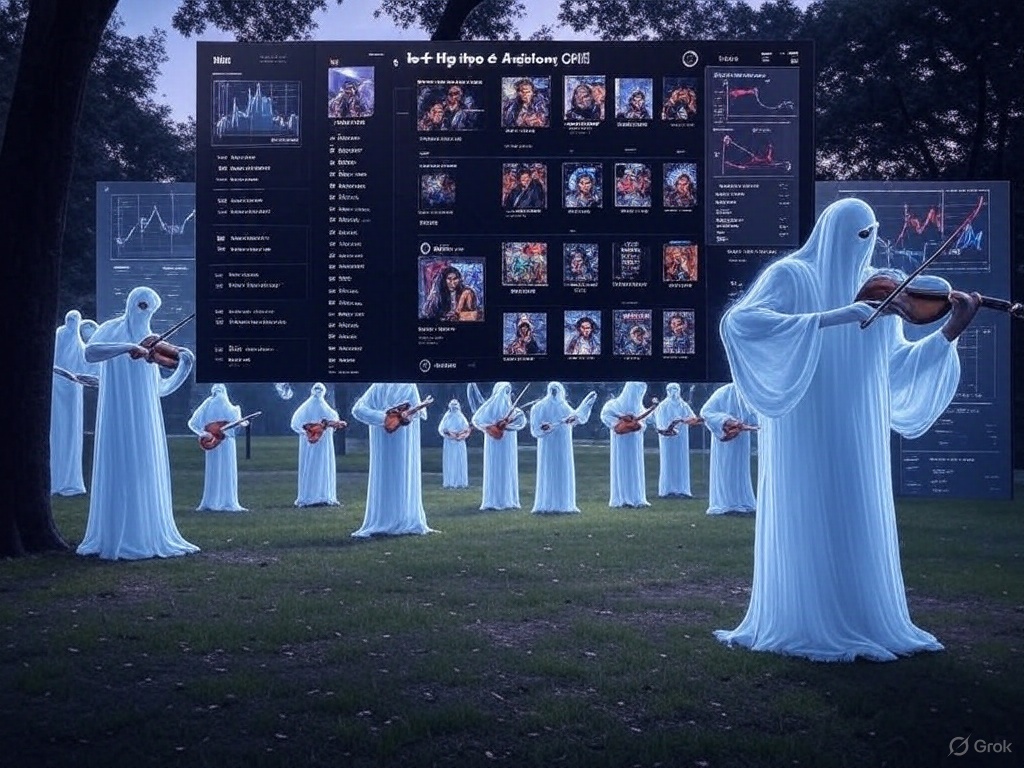Spotify, the streaming giant that once promised to democratize music for artists, is now under scrutiny for a practice that prioritizes profit over creativity.
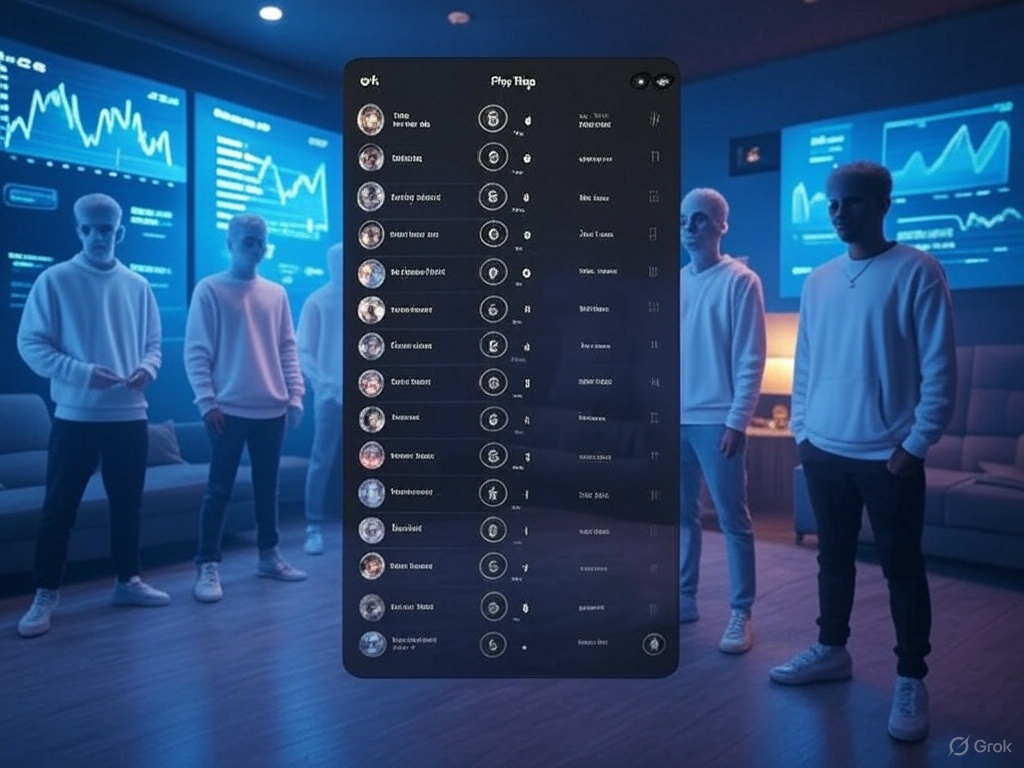 A recent investigation by Harper’s Magazine reveals that popular playlists like lo-fi hip hop beats and ambient chill—the kind millions turn to for background vibes — are often filled not with tracks from real creators, but with cheap, anonymous audio filler.
A recent investigation by Harper’s Magazine reveals that popular playlists like lo-fi hip hop beats and ambient chill—the kind millions turn to for background vibes — are often filled not with tracks from real creators, but with cheap, anonymous audio filler.
The culprit behind this shift is Spotify’s Perfect Fit Content (PFC) program, a system designed to source tracks that mimic the sound of authentic music but are essentially generic soundscapes. These tracks are purchased from production studios like Epidemic Sound and Firefly Entertainment, companies known for creating “musical wallpaper” for ads and videos.
For Spotify, this is a win: minimal payouts to musicians mean better unit economics. But for artists, it’s a grim reality—a seat in the “last carriage of the capitalism train,” as the Harper’s piece puts it.
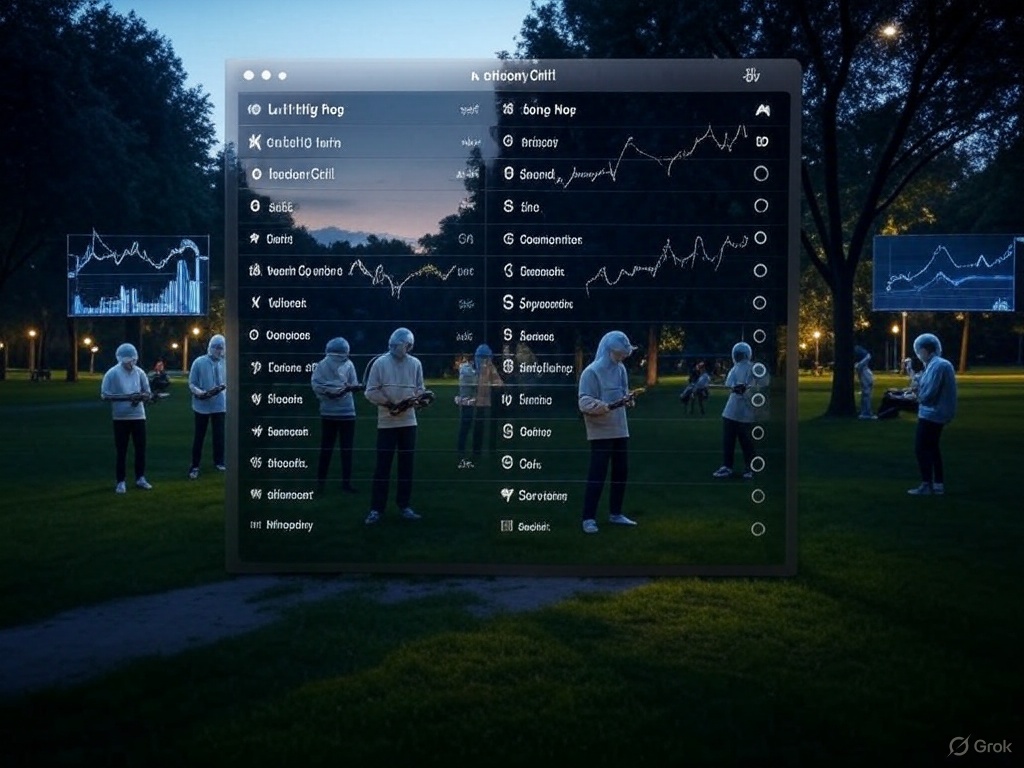 Rumors of Spotify’s “ghost musicians” have been swirling since 2017, when whispers emerged about profiles with millions of streams but fake bios and stock photos.
Rumors of Spotify’s “ghost musicians” have been swirling since 2017, when whispers emerged about profiles with millions of streams but fake bios and stock photos.
Back then, Spotify conducted internal research and found that listeners engage with these playlists passively — essentially listening with “half an ear.” The conclusion? There’s no need to pay a premium for high-quality content when background noise will do. So, they doubled down, leaning on production houses to supply endless streams of forgettable tracks.
 Also read:
Also read:
- Who Makes the Cut for the Best Creators Lists? A Deep Dive into Metrics and the Overlooked Educational Creators
- Remember When Meeting Friends Was Simple? Mozi Brings Back Real Connections
- Can You Copy Someone’s “Vibe” If It’s Bland? The Beige Battle That Could Reshape Influencer Culture
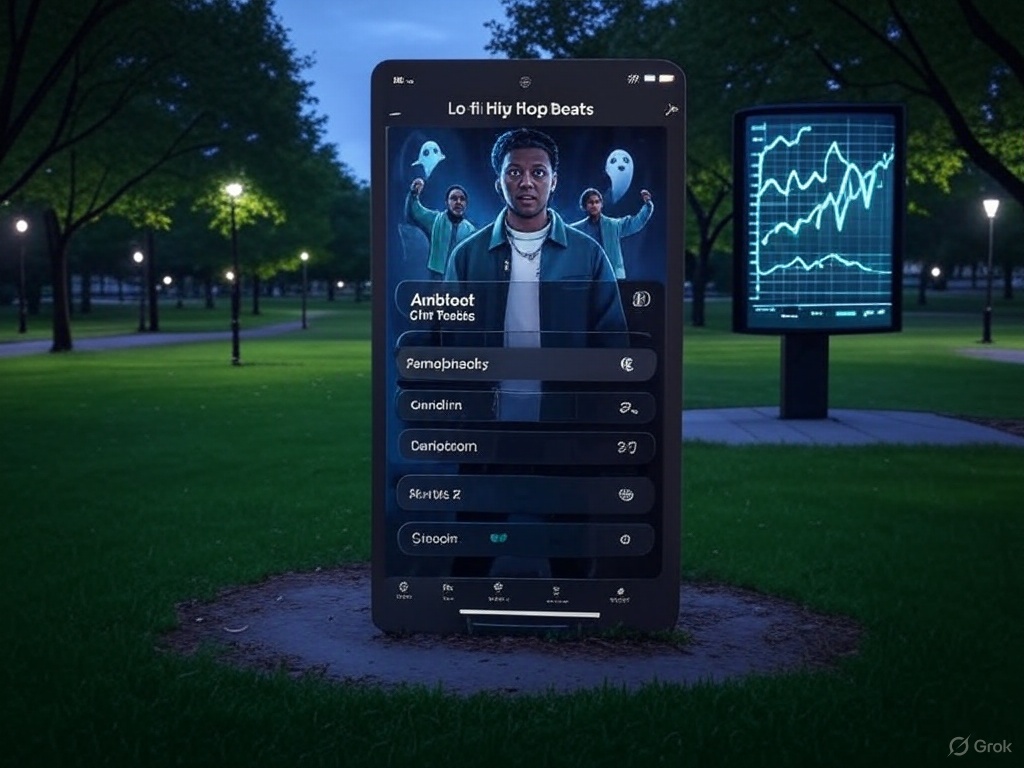 Spotify has remained tight-lipped about PFC, despite the Harper’s report noting internal criticism from employees who see the program as a betrayal of the platform’s original mission.
Spotify has remained tight-lipped about PFC, despite the Harper’s report noting internal criticism from employees who see the program as a betrayal of the platform’s original mission.
But with profits rolling in, those voices are seemingly ignored.
The math checks out for Spotify: less spent on music acquisition means higher margins.
But this efficiency comes at a steep cost for artists, who are squeezed out of royalties and opportunities to build meaningful connections with their audience.
The rise of AI-generated music only deepens the problem. AI can now churn out templated, low-cost tracks that fit Spotify’s playlists perfectly, further reducing the need for human creators. This creates a vicious cycle: lower music acquisition costs lead to fewer payouts for original artists, which in turn limits their ability to foster relationships with fans. Music, once a deeply personal art form, is being reduced to a mass-produced commodity — stripped of authorship and soul.
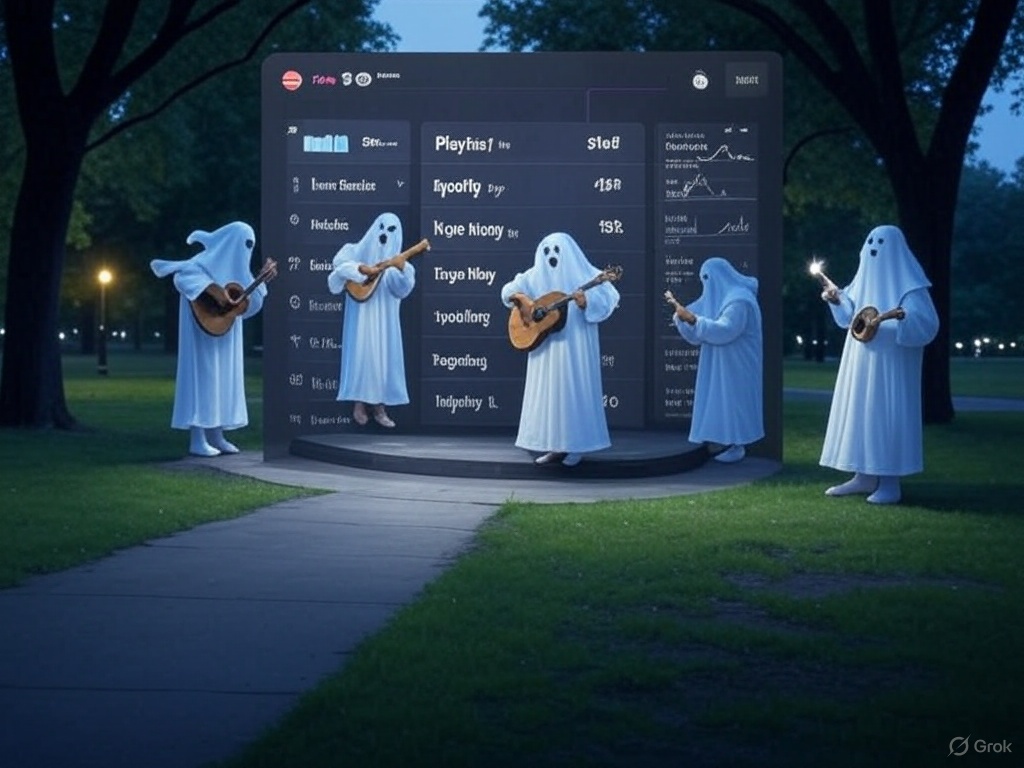 This shift marks a stark departure from Spotify’s early days, when it positioned itself as a revolutionary platform that would empower musicians by giving them a direct line to listeners.
This shift marks a stark departure from Spotify’s early days, when it positioned itself as a revolutionary platform that would empower musicians by giving them a direct line to listeners.
Instead, the company’s data-driven approach has led it down a path where efficiency trumps artistry.
Listeners, too, lose out in this model, as the connection between artist and audience—a cornerstone of music’s cultural value — fades into the background, replaced by algorithm-friendly audio filler.
For a company that once championed a “democratic breakthrough” for musicians, this feels like a failure. If Spotify continues on this trajectory, it risks alienating both creators and listeners who crave authenticity.
The market may soon respond: if the streaming giant can’t balance its data-driven strategies with genuine support for artists, a new competitor — perhaps a next-gen Spotify or Apple Music—could rise to fill the gap, prioritizing real music over manufactured soundscapes. Until then, the ghosts in Spotify’s machine will keep playing, but at what cost to the soul of music?

